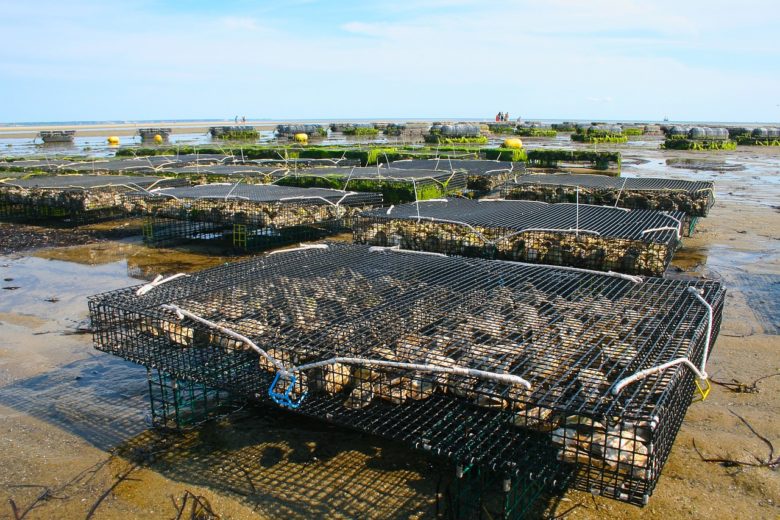
Sustainable Seafood Myths and Misconceptions Part 1
We are reader-supported. When you buy through links on our site, we may earn affiliate commission.
Is seafood sustainable? Fish, crustaceans and mollusks are a great source of protein, but they are a limited resource. As the human population grows, we have to find ways to ensure everyone gets enough to eat. Seafood is considered one of the healthiest foods on the planet. However, with increasing demands for more fish for food, we have to find sustainable and economical ways to provide people with the nutrition they need and not annihilate fish populations.
Developing Fish Farms: A Sustainable Way to Provide the World With Fish?
One proposed method to solve the fish scarcity problem is by developing fish farms. Humans have depended on creatures that live in the water as a food source for a long time — going back as far as 200,000 BC. We continue to practice fishing today, both on individual levels and commercial levels. However, on a commercial level, fishing is dangerous and makes an impact on the environment.
Recently, there has been a lot of talk about fish farming and the pros and cons of raising fish for food in this way. It seems like fish farming is a new idea, but in reality, it has been around for thousands of years. A Chinese man named Fan Lai wrote a book in 475 BC to instruct others on how to raise fish for food. In Germany in 1733, a farmer successfully fertilized eggs, hatched the eggs and then raised the fish for food.
Since then, the practice of fish farming has evolved and advanced. Fish farms can benefit the environment by lessening the impact on wild fish populations, allowing species that have been overfished or are being threatened with overfishing to recover. Fish farms also create jobs and benefit local economies. This is one potential way to obtain sustainable seafood.
Issues With Fish Farms: More Harmful to the Environment Than Natural Fishing?
There are a several different ways to raise fish for food. For instance, the fish might be contained in small ponds or in pens or cages in the ocean. The species that are raised in these environments include catfish, tilapia, salmon, shrimp, mollusks and algae, among others. Despite the fact that fish farms have existed for a long time, there are some problems with modern fish farming practices.
If fish are raised in small tanks crowded with large populations or fed unhealthy diets, they probably aren’t going to be the healthiest fish for us to consume. Problems that can arise on fish farms include sea lice, pollution, disease and farmed species accidentally being released into the wild. All of these impact the environment the fish live in and their bodies.
Finding Sustainable Seafood Solutions
There are no easy solutions when it comes to our environment and sustainability. We have to eat, which means we have to either get our food from the wild or grow it. Both of these methods impact the environment and animal populations. The best way to reduce the impact is to make informed decisions and develop sustainable practices when it comes to food.
No matter what, our desire for seafood has affected the ocean and its delicate natural balance. If we want to sustain our desires and the health of the oceans and the world, we must find a balance between wild-caught fish and farmed fish. As technology advances and better techniques are developed, it’s possible that aquaculture will become a better solution for our fish needs. Until then, we must continue to work together to develop better practices and make choices that ensure our health and the health of the environment.
Share on
Like what you read? Join other Environment.co readers!
Get the latest updates on our planet by subscribing to the Environment.co newsletter!
About the author
Jane Marsh
Starting from an early age, Jane Marsh loved all animals and became a budding environmentalist. Now, Jane works as the Editor-in-Chief of Environment.co where she covers topics related to climate policy, renewable energy, the food industry, and more.





